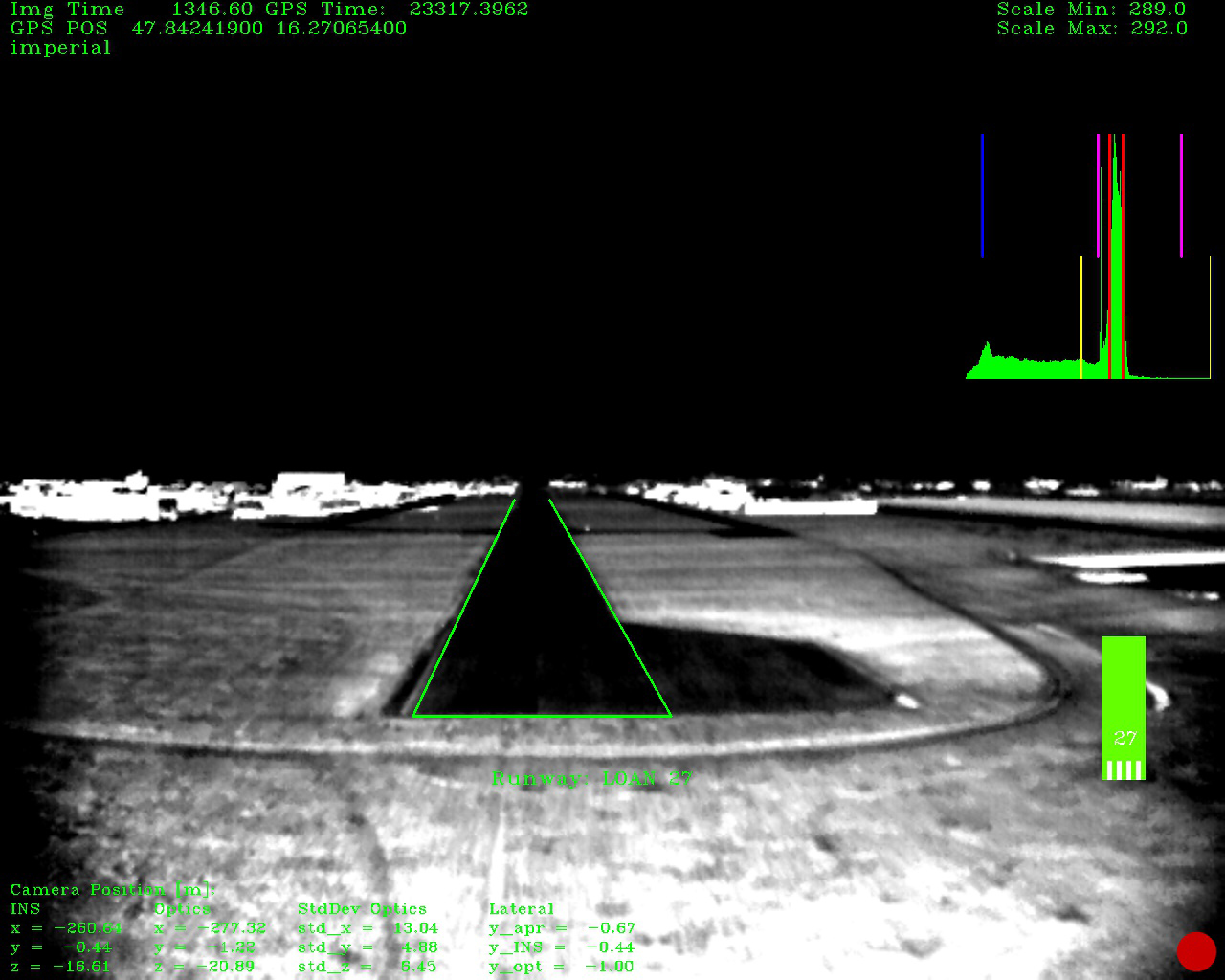While major airports have the infrastructure necessary to ensure safe aircraft automatic landings, smaller airports tend not to have the ground-based systems required. Large airport Instrument Landing Systems (ILS) make it possible for commercial craft to land automatically with great precision, with antennas sending radio signals to the autopilot to make sure it navigates to the runway safely. Other procedures currently being developed will allow automatic landing based on satellite navigation, but that too is a ground-based augmentation system.
In cases of poor visibility, aircraft can’t fly out of smaller airports. But a recent project supported by the German federal government saw Technical University of Munich researchers partner with Technische Universität Braunschweig to develop a landing system that lets smaller aircraft land without assistance from ground-based systems.
The project is called C2Land. Its autopilot uses GPS signals to navigate but also includes an optical reference system to compensate for GPS measurement inaccuracies due to atmospheric disturbances that require the pilots to take over control at an altitude of no less than 60 meters and land aircraft manually.
In order to make completely automated landings possible, the TU Braunschweig team designed an optical reference system, a camera in the normal visible range and an infrared camera that can also provide data when visibility is poor. The researchers developed custom-tailored image processing software that lets the system determine where the aircraft is relative to the runway based on the camera data it receives.
TUM research aircraft features Fly-by-Wire system
The TUM team developed the entire automatic control system of TUM’s own research aircraft, a modified Diamond DA42. The aircraft is equipped with a Fly-by-Wire system enabling control by means of an advanced autopilot, also developed by the TUM researchers.

In order to make automatic landings possible, additional functions were integrated in the software, such as comparison of data from the cameras with GPS signals, calculation of a virtual glide path for the landing approach as well as flight control for various phases of the approach. The research aircraft made a completely automatic landing at the Diamond Aircraft airfield in late May 2019. Test pilot Thomas Wimmer said, “The cameras already recognize the runway at a great distance from the airport. The system then guides the aircraft through the landing approach on a completely automatic basis and lands it precisely on the runway’s centerline.”
Source: Technical University of Munich

